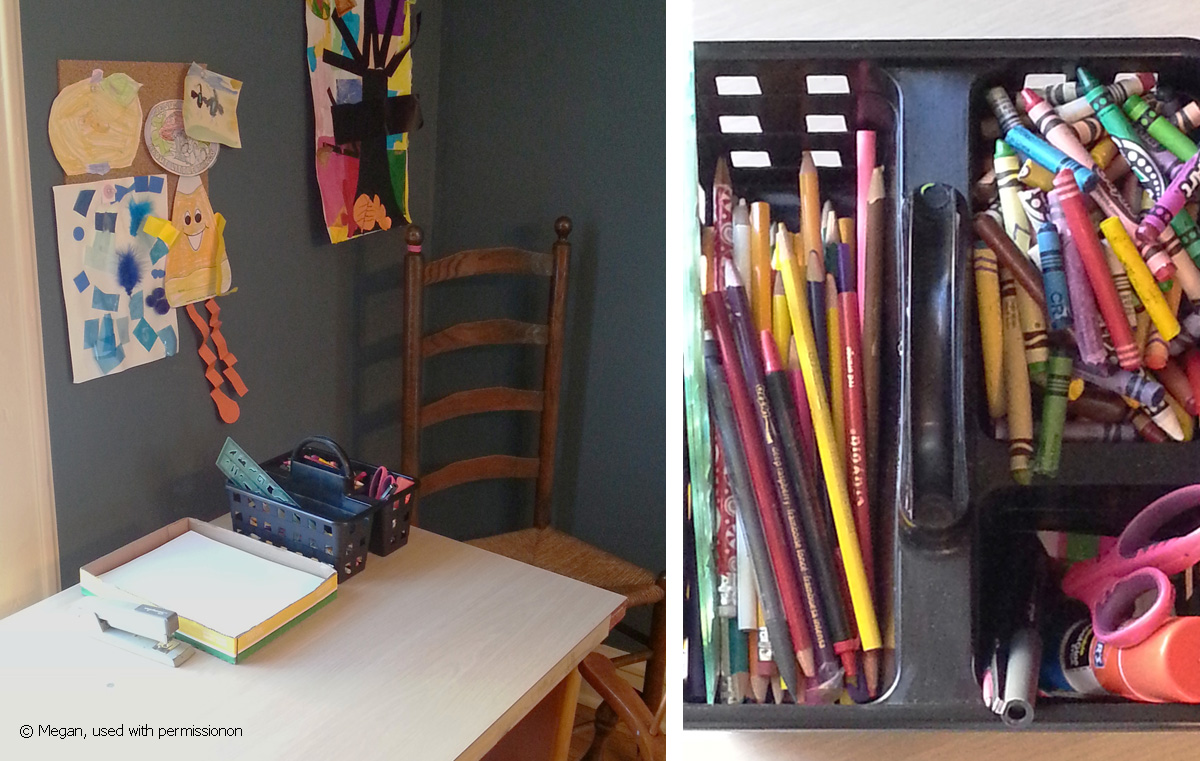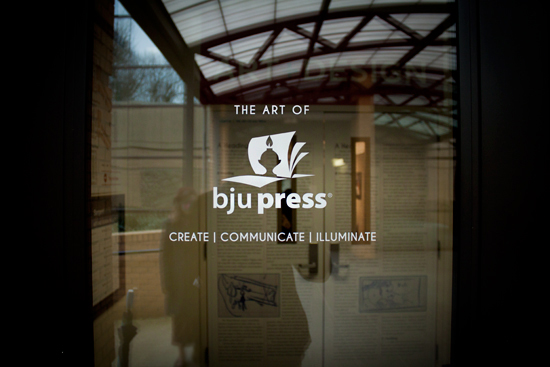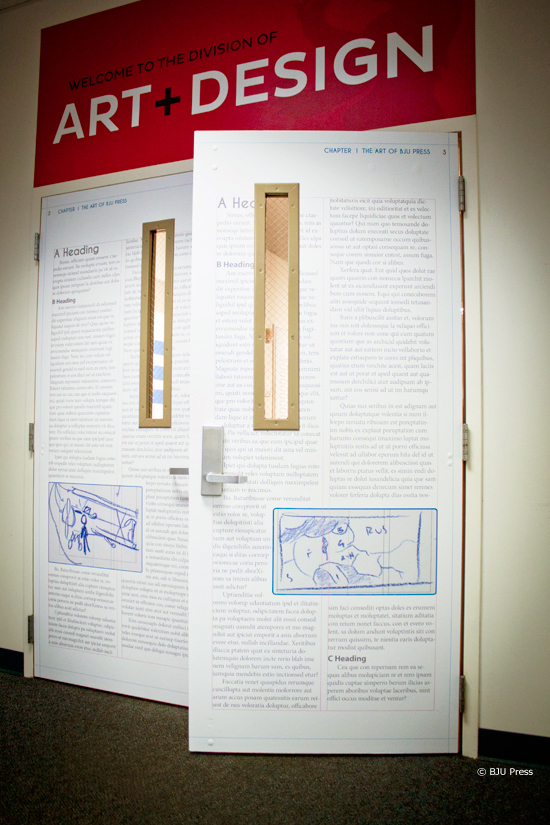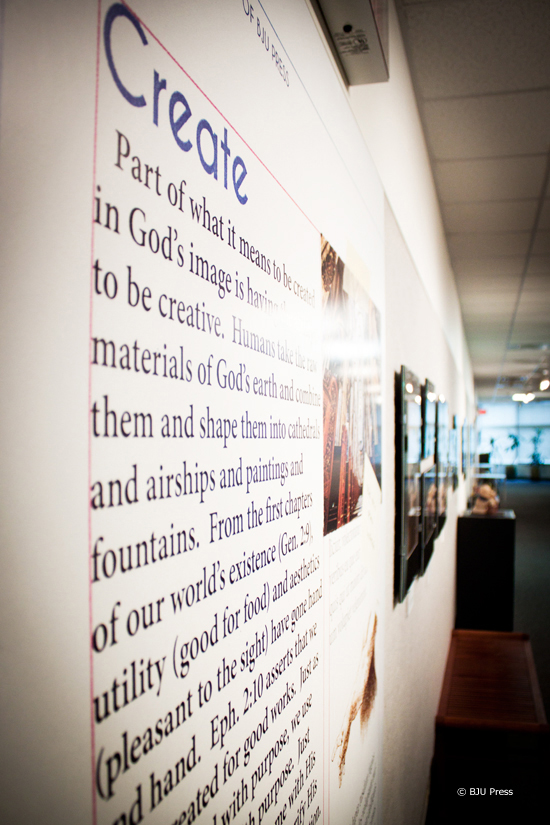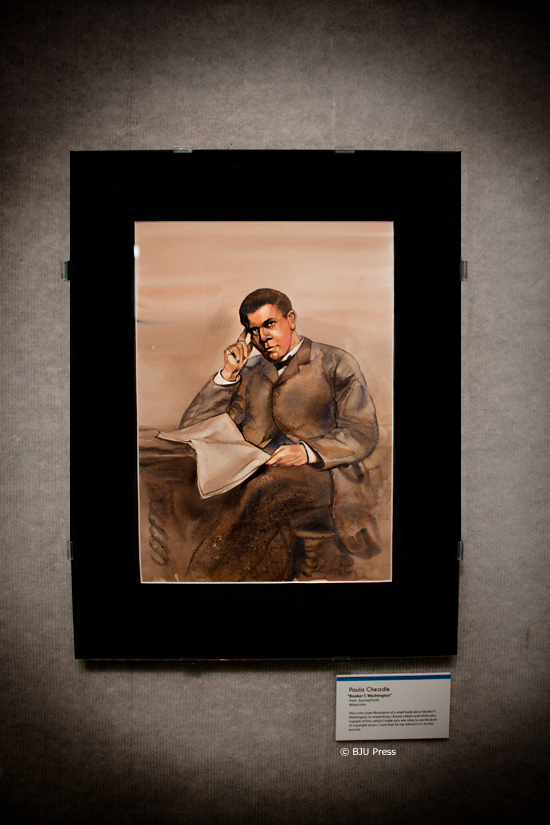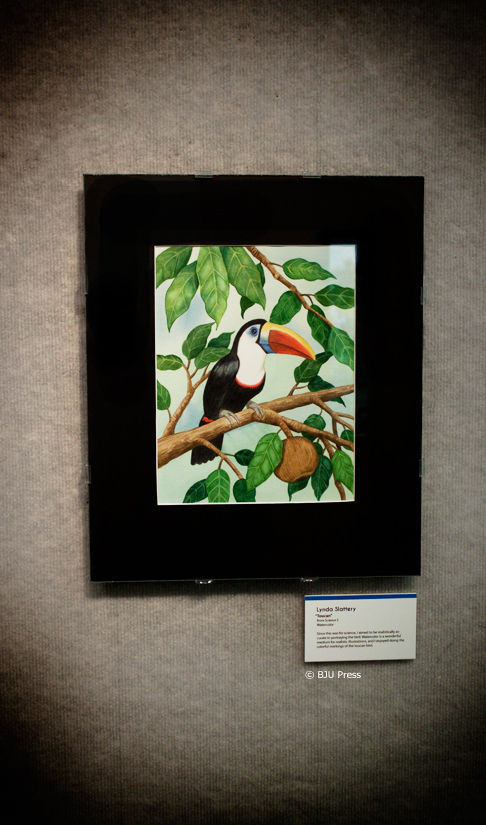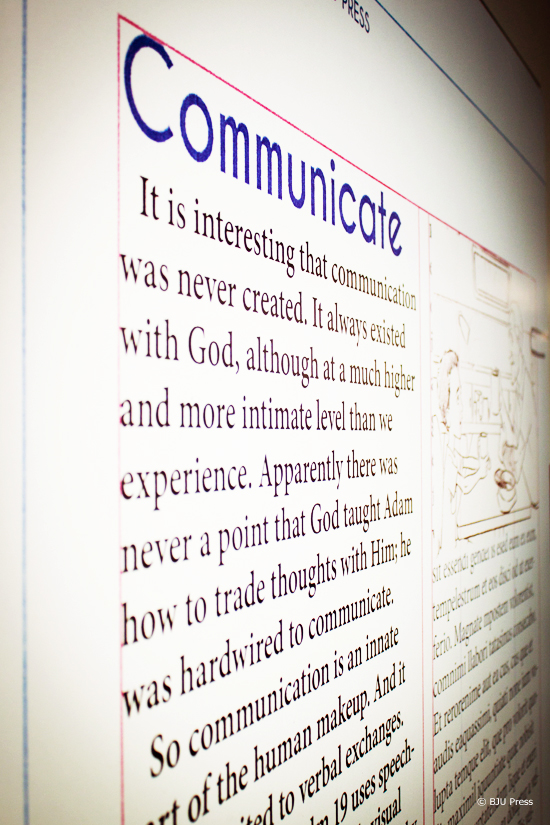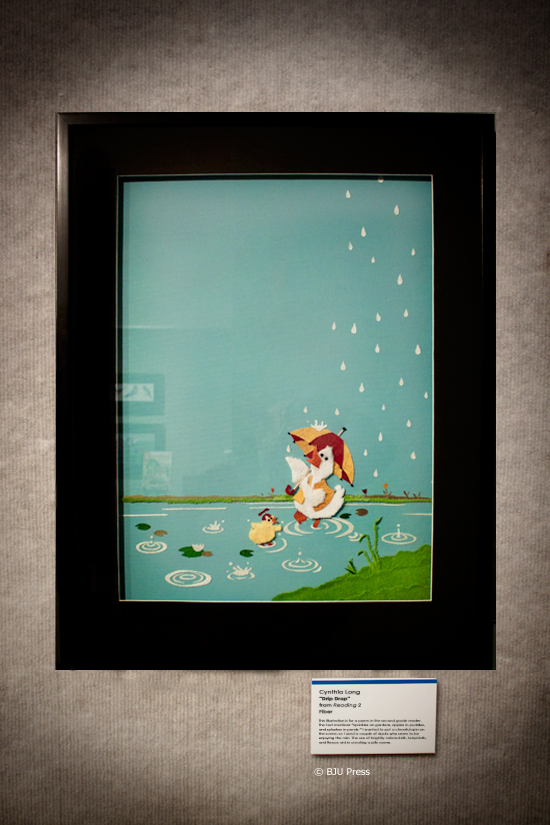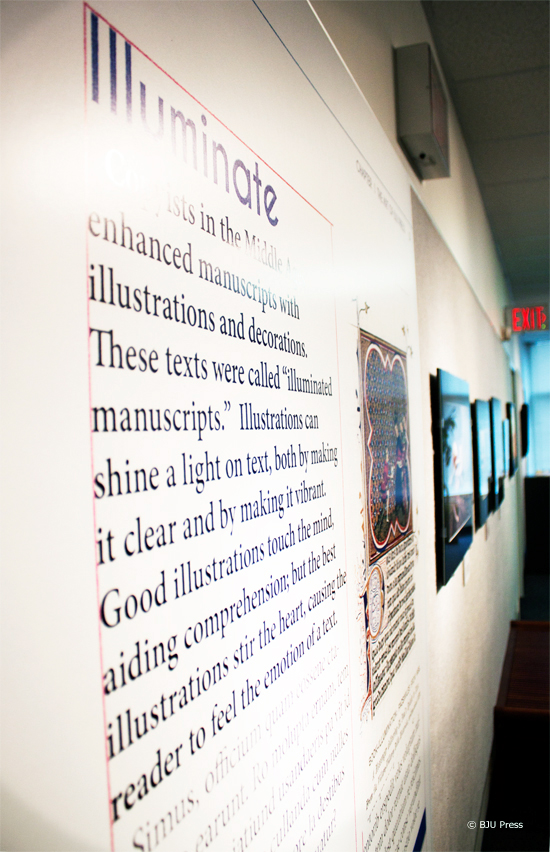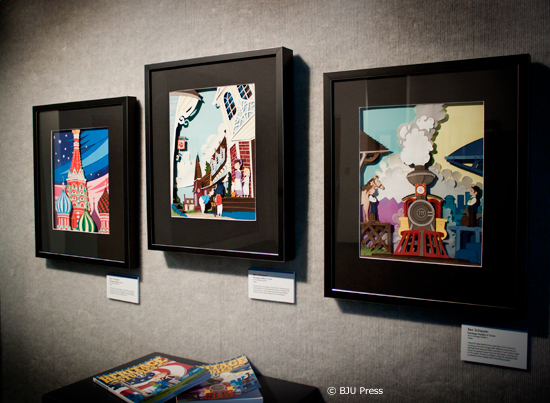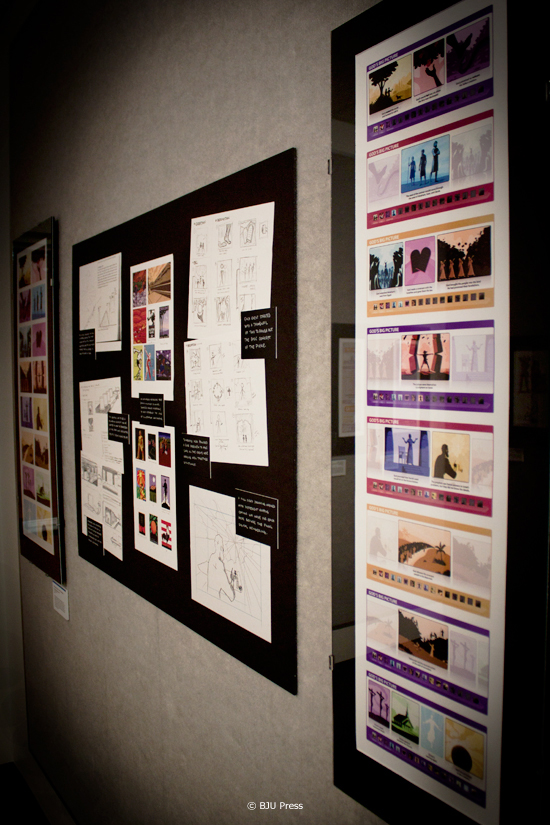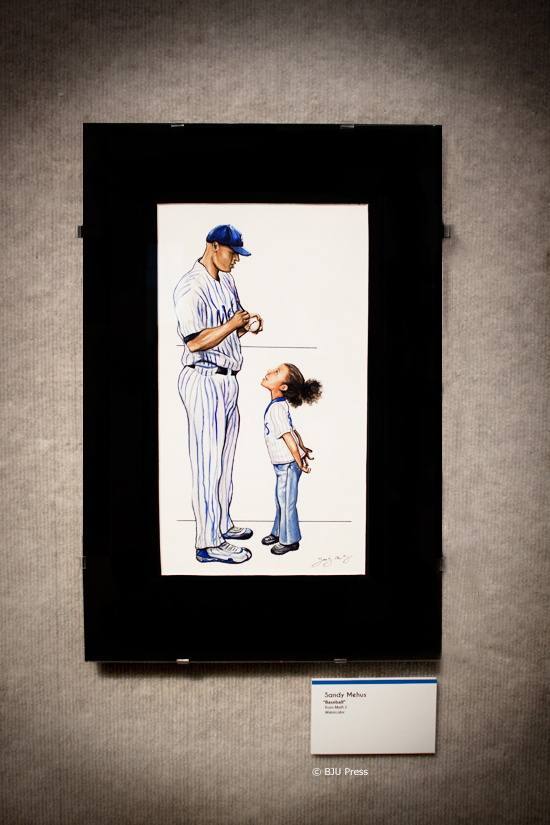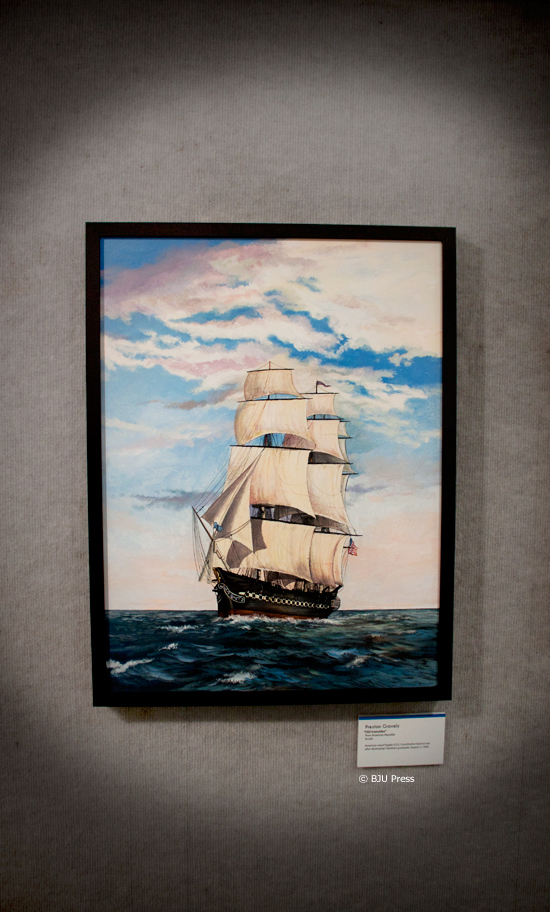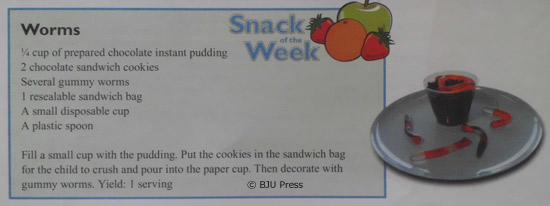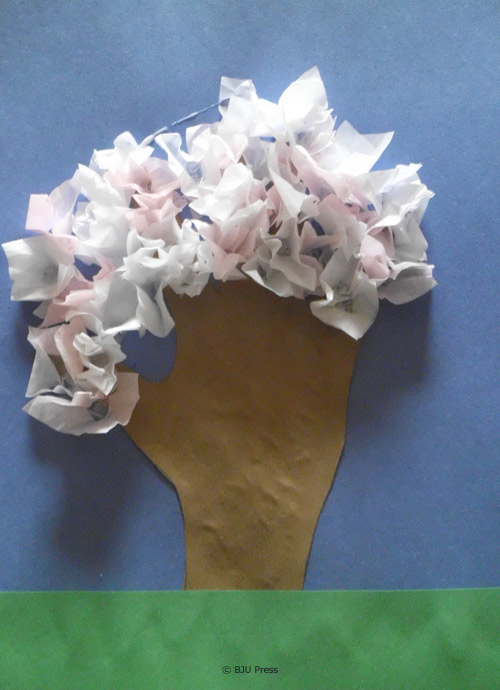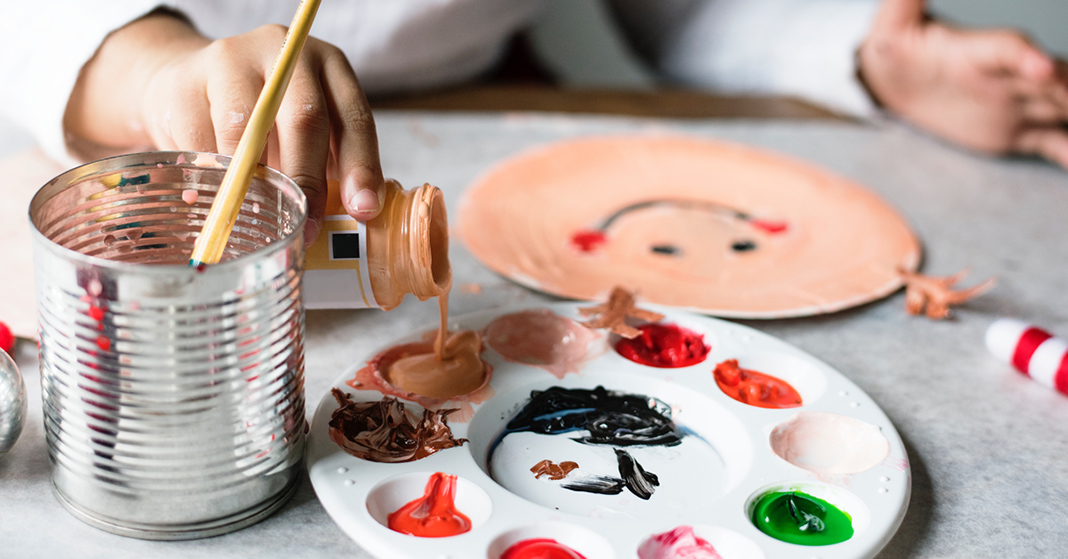
One of my daughters is a classic kinesthetic learner. She hops while practicing spelling words and taps her foot while doing math problems. She pretty much never stops moving.
Homeschooling a kinesthetic learner has been a bit of a challenge. For concepts to stick, she has to be physically involved in the learning process. BJU Press has been great for her because it incorporates a lot of hands-on, authentic learning. We use manipulatives to learn math concepts, and we do hands-on activities in science and heritage studies. But English and reading are a little more challenging. I’ve found that a great way to help my kinesthetic learner through these subjects is by incorporating one of her favorite activities—art.
Incorporating Art into Reading for Your Kinesthetic Learner
There are a lot of ways to integrate art into reading. Your child can draw story maps, make organizational charts, and illustrate scenes or vocabulary words. A few weeks ago, my daughter and I read a fictional selection in Reading 2 entitled “Owl Face,” which was about a girl who took care of a barn owl. After reading the story, my daughter created her own mixed-media illustration of the main character and the owl, clearly demonstrating her understanding of the text. During the “Look Again” lesson that covered the same selection, we watched a YouTube tutorial about how to draw owls, and we drew owls and wrote stories about them. That activity helped solidify a lot of what we had learned about owls, characters, and the sequencing of a story.
Incorporating Art into English for Your Kinesthetic Learner
There are also ways to blend English and art, especially during the writing process. I found out pretty early on that my daughter did a lot better organizing her thoughts when she drew pictures. So when she planned her personal narrative in English, I had her illustrate the different story details she wanted to write about, and then we put the pictures in order so she could refer to them as she wrote her first draft. That activity helped her organize her ideas and produce a coherent narrative.
I’m still learning about how to best teach my kinesthetic learner, but incorporating art has proven to be both motivational and effective. If you have other ideas for me, please share them in the comments below.
